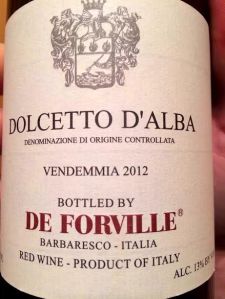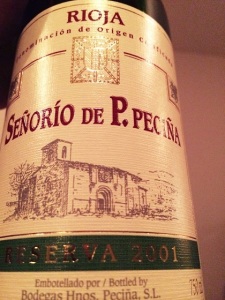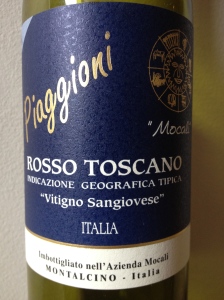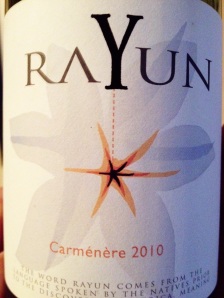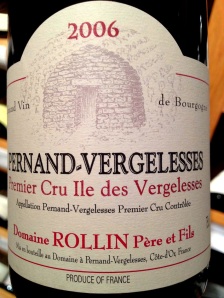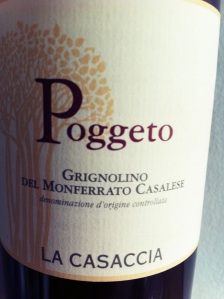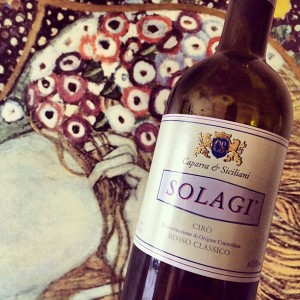 Spring has finally sprung, so I’m celebrating the warm weather with something weird, something different… something that screams for attention, like AC/DC. Well, it’s a little less heavy than AC/DC.
Spring has finally sprung, so I’m celebrating the warm weather with something weird, something different… something that screams for attention, like AC/DC. Well, it’s a little less heavy than AC/DC.
That something is from a region called Calabria in the south of Italy, a region of arid beaches, olive trees, and gently rolling hills dotted with vineyards. Calabria hosts a D.O.C (Denominazione di Origine Controllata) that is also a town, Cirò, which is the site of an ancient winemaking tradition featuring an ancient Italian grape: Gaglioppo. Sometimes referred to as the “Nebbiolo of the coast,” and once thought to be a product of Greek colonization, Gaglioppo flourishes in this area, with its calcareous marl soil and sandy embankments. It is a pretty obscure grape that produces pretty delicious wines well worth exploring, making it a perfect accompaniment to the freshness and optimistic tone of spring.
Which brings me to the 2012 Caparra & Siciliani Solagi Cirò. Made from 100% Gaglioppo and aged and fermented in stainless steel vats, this wine is ruby red in the glass, and exudes superb floral and fruit aromas: juicy cherries, lavender, roses, and hints of loam and herbs. In the mouth, the wine is balanced and harmonious, the soft fruit nicely balanced against acidity and firm tannins. Some decent minerality, as well. With structure and finesse this pronounced, one would assume this wine is expensive, but it is most definitely not: it can be found for usually under $20 a bottle. This would pair beautifully with aged cheese and salumi platters, or can serve as a high-end pizza wine. Go get some.
